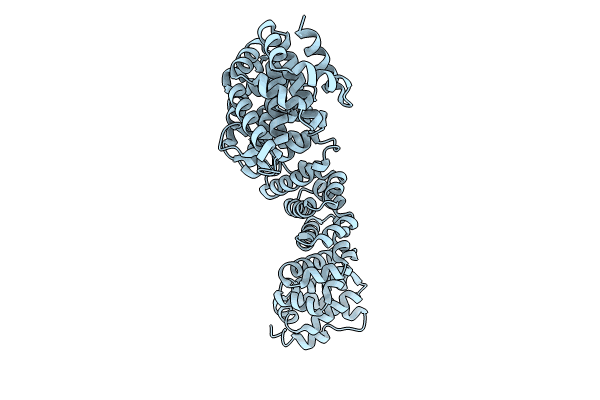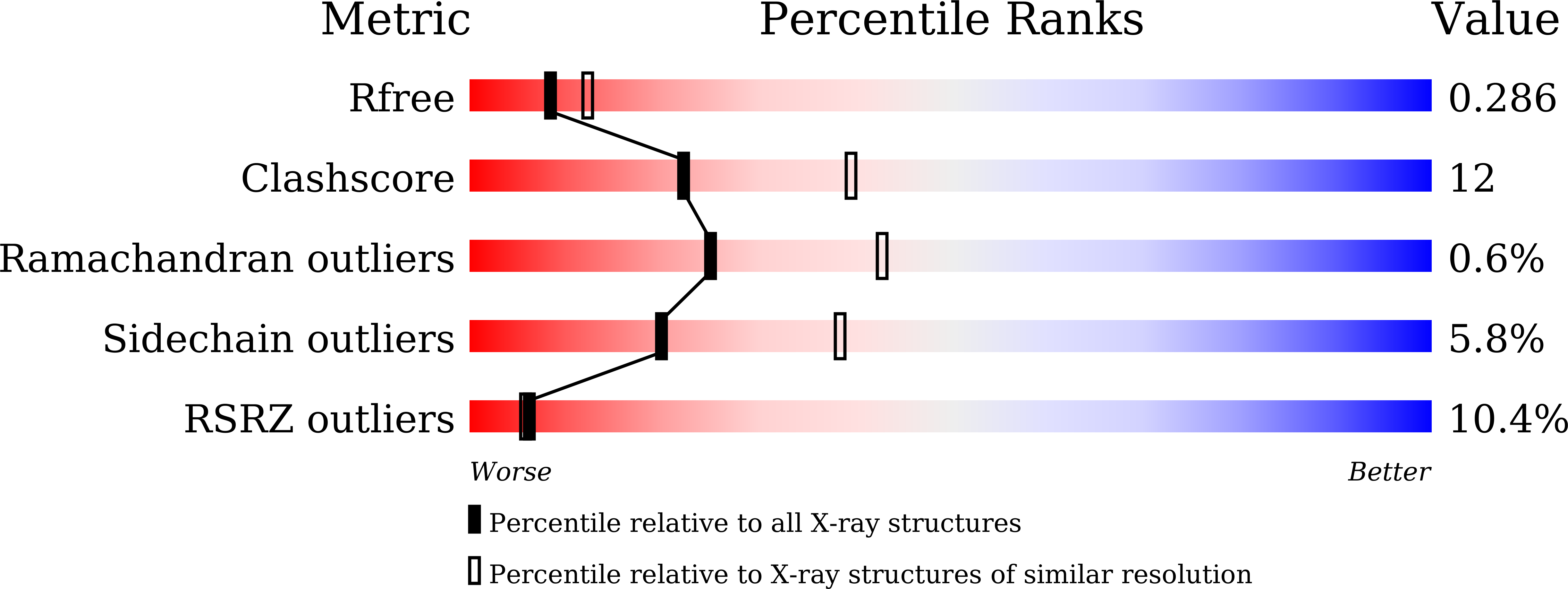
Deposition Date
2024-04-18
Release Date
2024-05-08
Last Version Date
2024-08-21
Method Details:
Experimental Method:
Resolution:
2.50 Å
R-Value Free:
0.28
R-Value Observed:
0.23
Space Group:
C 2 2 21


